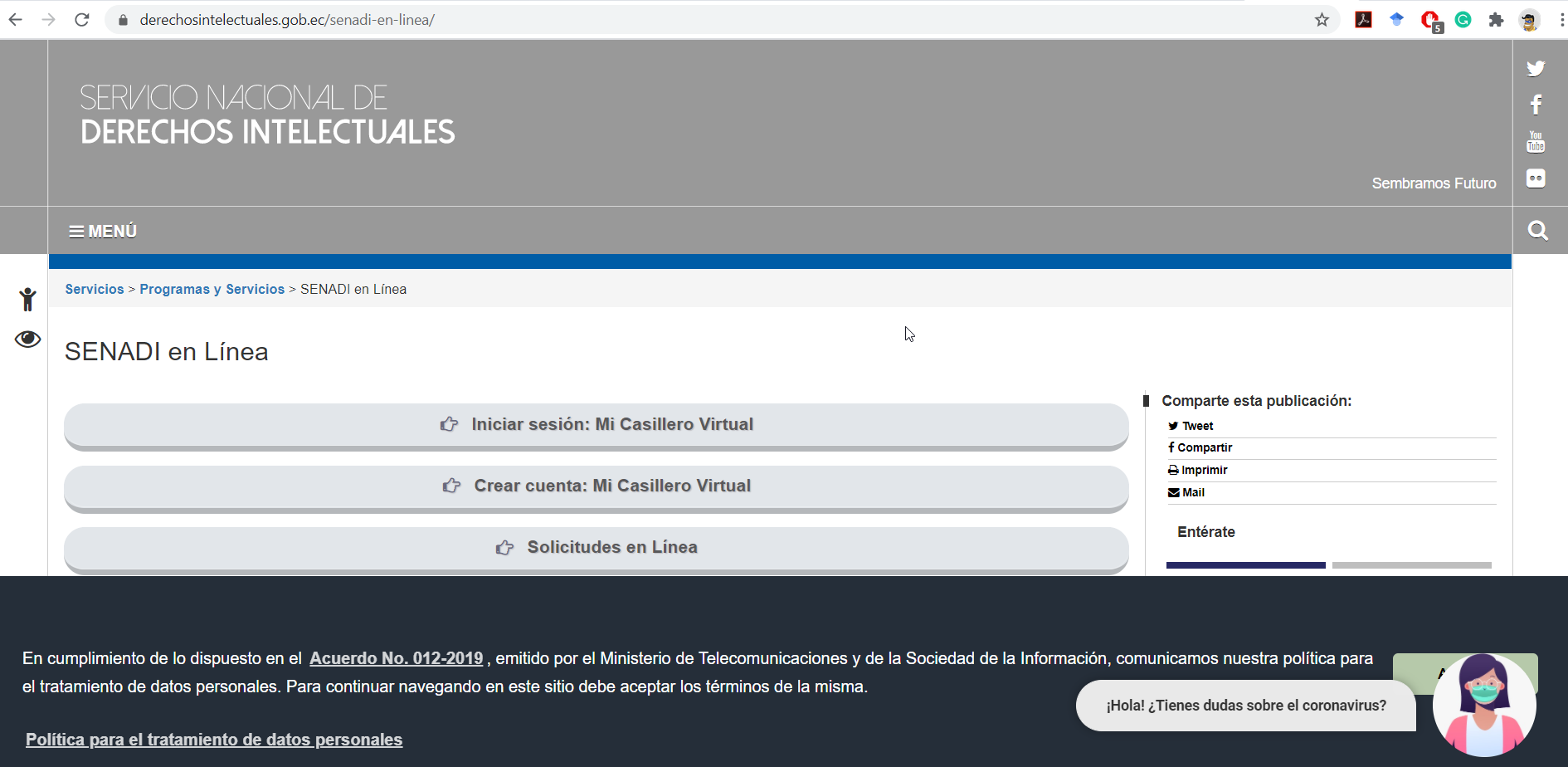Video:
video clip (presentation.mp4, 1080p HTML5, < ~minute, < ~10 MB) and put them in your root directory
Slide:
Prepare drafts of your summary slide (presentation.png, 1920x1080)

Develop a plan for dissemination of your final project.
This project describes the progress made in the application of rapid prototyping (RP) technologies in the development of personalized prostheses for the physical rehabilitation of the hand in patients with Chronic Rheumatoid Arthritis (RA) by creating a hand exoskeleton for analyze and evaluate the systemic study within the rehabilitation of muscular atrophy related to the loss of manual mobility due to rheumatoid arthritis in adults. The methodology created considers aspects related to the physiology of hand movement and mobility problems suffered by chronic RA patients, especially in the specific movements of the phalanges and metacarpal bones. From the technological point of view, the digitalization techniques have been applied in the patient's data collection, the use of Computer Aided Design (DAO) in the generation of a virtual model and the formalization of an exoskeleton for rehabilitation through use of RP techniques.
Future opportunities
The development of the device took advantage of the use of digital tools with PR technologies to provide a better quality of life to an individual who requires active rehabilitation and support throughout the treatment of their pathology. In accordance with the reasoning of this article, information management allowed the study of formal aspects to be used digitally and applied in the generation of adaptable exoskeletons according to the patient's need, in addition, comparative anthropometric studies of advances in the illness. The patient who participated as a test subject was exposed to the rehabilitation process for 5 months, here information was collected on the first day of each month, the study test consisted of using the device for 10 minutes with breaks according to the tolerance of the subject , due to one of the net symptoms of RA, which is pain. During this time, the patient was suggested to use the device on the days when analgesics were given to mitigate pain, to make the rehabilitation process more bearable. Under these recommendations and with the corresponding medical follow-up, results measurement parameters were established, this has made it possible to demonstrate that for the development of this type of exoskeletons, multidisciplinary work based on three areas is needed:
- Formal aspects (design processes and ergonomics)
- Medical aspects (study of pathologies and traditional rehabilitation).
- The technical aspects related to the mechanisms (communication systems, electronic instrumentation, analog, digital and power control systems).
For the moment I am working with my university to make all the paperwork for the Intellectual register, if you are from Ecuador you can apply to the next link.
SENADI
